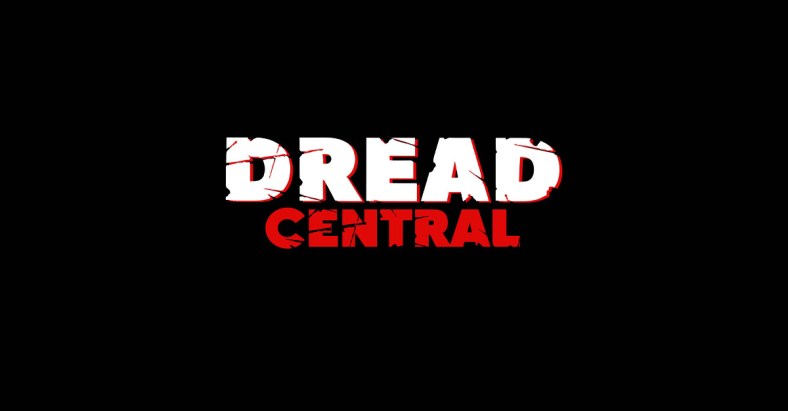Celebrate Mary Shelley’s Birthday with this Excerpt from Unlocking Worlds: A Reading Companion for Book Lovers

Today is Frankenstein creator Mary Shelley’s 219th birthday, and in honor of the occasion, we’re pleased to share an excerpt from Sally Allen’s Unlocking Worlds: A Reading Companion for Book Lovers that focuses on Shelley’s tale and asks: Who is the Monster and Who is the Man?
Award-winning writer and teacher Sally Allen knows that good books don’t just draw us in; they talk to us, shape us, and transport us to times, places, and minds different from our own. In Unlocking Worlds: A Reading Companion for Book Lovers (available now from Amazon), Allen deftly weaves personal stories with fifteen thematized, annotated, and illustrated reading lists for what to read next. By sharing some of the treasures in her library and the secret lives they reveal, she gives us permission to embrace the shameless book lover inside each of us.
Unlocking Worlds is a testament to how reading passionately—and compassionately—can unlock the world beyond our back yard. Celebrating books and those who read them, Allen shows how the solitary act of reading can be a powerful thread that creates community and connection. Thought-provoking and eloquent, Unlocking Worlds: A Reading Companion for Book Lovers, published by Griffins Wharf, is a must-have for anyone who can’t leave the house without a book in hand.
Learn more about the author at sallyallenbooks.com.
Who is the Monster and Who is the Man?
An Analysis of the Classic Frankenstein; or, The Modern Prometheus
By Sally Allen
Frankenstein as a massive, green, lumbering dope with giant screws in his neck makes for a Halloween icon. The guy was even a friendly goofball in the 1960s television show “The Munsters.” But the original Frankenstein wasn’t a monster, at least not the one you might expect. He was Victor Frankenstein, the protagonist of Mary Shelley’s Frankenstein; or, The Modern Prometheus, whose subtitle gives you an idea of the book’s themes. Frankenstein is so enamored of the natural sciences and so keen on charting new territory that he collects leftover human parts and figures out how to create a living being with them.
But he is so horrified by the being he creates that Frankenstein rejects and flees from the monster, leaving him to fend for himself. Hideously disfigured and continuously spurned by society, the monster turns nasty, and he and Frankenstein end up pursuing each other across Europe. The novel, which can be read as an allegory on multiple levels, is told in three parts—in letters from an explorer (who finds and rescues Frankenstein) to his sister, in first-person narrative by Frankenstein, and in first-person narrative by the monster. Neither Frankenstein nor the monster is entirely reliable as a narrator. While both feel they have just cause for their actions, their desires are irreconcilable. Regardless of how right or wrong each is, there is no way for either to win. The novel, one of the first horror stories ever written and still (arguably) one of the best, leaves readers questioning what it means to be human and what it means to be a monster.

Categorized:News

